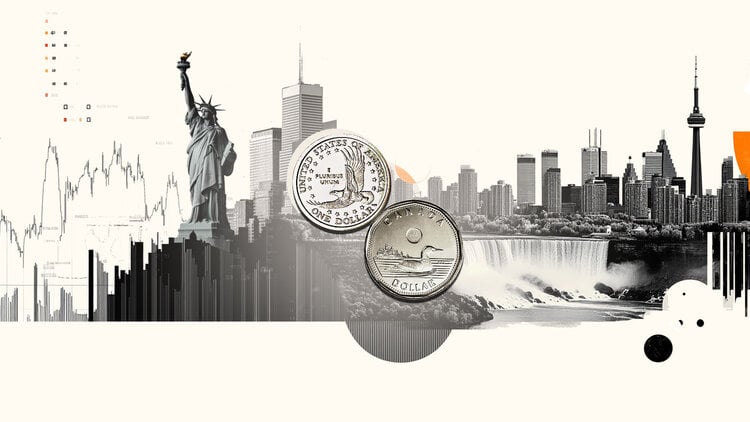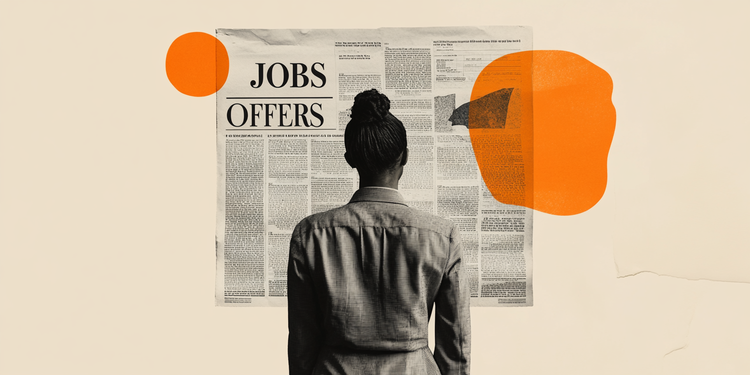In the night between Saturday 25 March and Sunday 26 Marchas usual, will touch move the hands forward one hour for the entry into force ofdaylight savings time.
This translates into possibility to enjoy an extra hour of light in the evenings spring and summer: a change, therefore, experienced by many as positive but to which it may be difficult, at least initially, to get used to.
The subject was recently addressed by a Article appeared on The Washington Post which, through a series of animated illustrationshe explains very clearly how summer time affects our body and what effects it might have keep it foreveras someone has proposed.
For some time, even inEuropean Union, we discuss theabolition of the time changea debate that has also been rekindled in conjunction with the economic and energy crisis: according to an appeal launched by Italian Society of Environmental Medicinein fact, keep daylight saving time would allow you to save more on consumption.
The experts interviewed by the The Washington Post however, they underline an important aspect relating to summer time: this change does gain an extra hour of sunlight in the eveningbut at the same time makes the body lose an hour of morning sun. With non-negligible consequences for our body.
«Morning sunshine is key to maintaining our circadian rhythms, sleep-wake cycles, and overall health» – explains in fact in the article Phyllis Zee, neurologist and head of sleep medicine at the Northwestern University Feinberg School of Medicine. Without that sunlight, it would risk slip into a circadian misalignment.
Misalignment which, if daylight saving time were to be implemented permanentlywould risk becoming chronicleading to one series of health problems, as also points out Beth Malow, professor of neurology and pediatrics and director of the Division of sleep at Vanderbilt University.
But how can a single hour have such a significant impact?
To understand it, you have to think that the brain has a kind of internal clockwhich helps thebody to maintain a certain rhythmmaking sure that within our body, important aspects such as heart functions, metabolic processes, hormonal fluctuations and sleep happen at the right times.
For most of us – explains the article that appeared in the The Washington Post – that internal clock lasts just over 24 hours: it’s the Sunin fact, to intervene by helping us and by sending signals to specialized receptors in our eyes. Basically, every morning, sunlight resets our internal clock, “getting” us back in sync with a 24-hour day.
Likewise, after sunsetthe lack of sunlight allows our body to produce hormones, as the melatoninwhich promote sleep. This also explains why exposure to light from any source late at night can shift our internal clock forward, interfering with our ability to sleep.
According to experts, with the transition to daylight saving timeevery spring, so let’s abruptly interrupt this important relationship between our brain and the sun.
The our internal clock it has evolved to align with sunrise, sunset and a 24-hour day: this means that, every March, when we switch to daylight saving time, our daily schedules therefore change by an hour. The consequence? Our brain’s internal clock can’t adjust itself quickly it takes at least a day to adjust to one hour of the time change. This ‘adaptation’ however, in some people, can take even longer.
Daylight saving time and sleep
Among the main problems that the transition to daylight saving time can cause is that of interfere with sleep. The body, Indeed, not quite ready to fall asleep when you go to bed, because bedtime occurs an hour earlier. The same in the morning: the bodyaccustomed to waking up at a certain time, is forced to activate an hour earlier. The consequence therefore is that the transition to summer time ends up cutting sleep hours both in the evening and in the morning.
Not surprisingly, different Education they spotted one correlation between moving one hour each spring it’s a increase in cases of heart attacks, strokes and even car accidents
To point it out Jama Neurology were four researchers from Vanderbilt University and the University of Pennsylvania, who examined the main studies on the subject, emphasizing how the time change can be not only associated with a increased risk of heart attacks and strokesbut – by reducing sleep by an average of 15-20 minutes in the days following the entry into force – it can also have the effect of increase the risk of road accidents.
According to the experts interviewed by the The Washington Post maintaining DST year-round would lead to a chronic circadian misalignment, i.e. a constant discrepancy between internal clock and sunlight. A factor that would also expose people to a greater risk of depression seasonal in the winter months, sleep disturbances, obesity, diabetes and heart disease.
What would happen instead if we adopted solar time all year round? According to experts, the short-term health problems created by having to move the clocks twice a year could certainly be eliminated. But that’s not all: the most important aspect is that you keep solar time it would allow our internal clock to stay synchronized with the solar day. With a better circadian alignment and therefore with a lower risk of long-term health problems.
World Sleep Day: expert advice and supplements that facilitate good rest
44% of Italians die of heart attack and stroke. The alarm of cardiologists
What happens to the body if you sit for 8 hours a day
Source: Vanity Fair
I’m Susan Karen, a professional writer and editor at World Stock Market. I specialize in Entertainment news, writing stories that keep readers informed on all the latest developments in the industry. With over five years of experience in creating engaging content and copywriting for various media outlets, I have grown to become an invaluable asset to any team.







